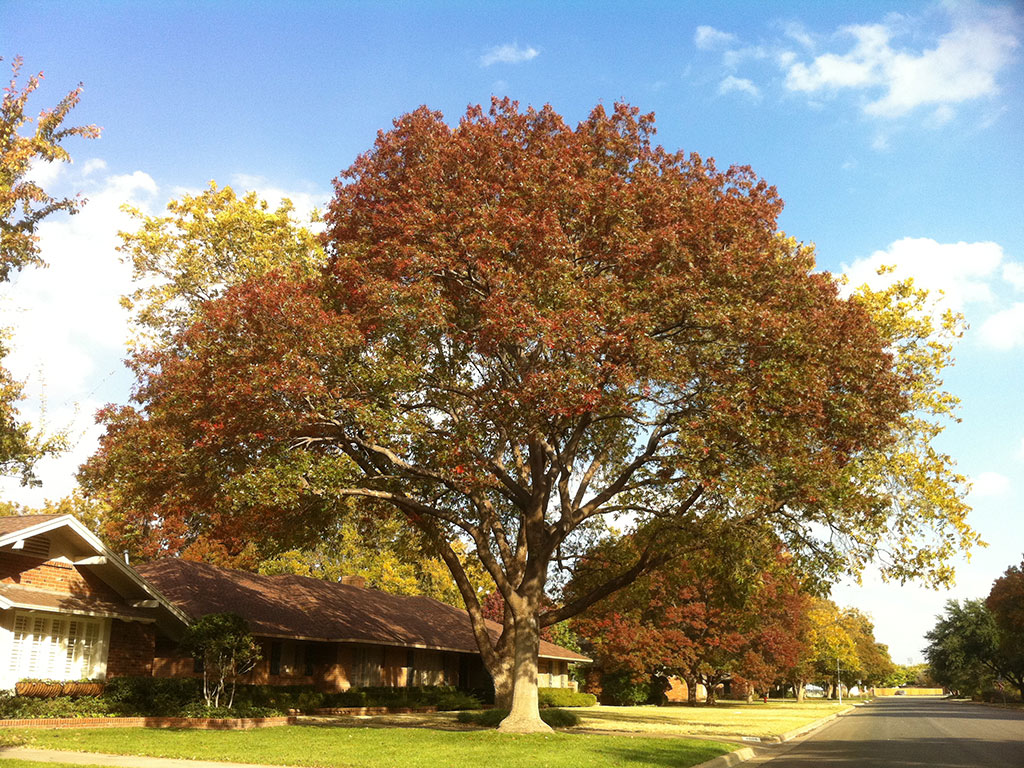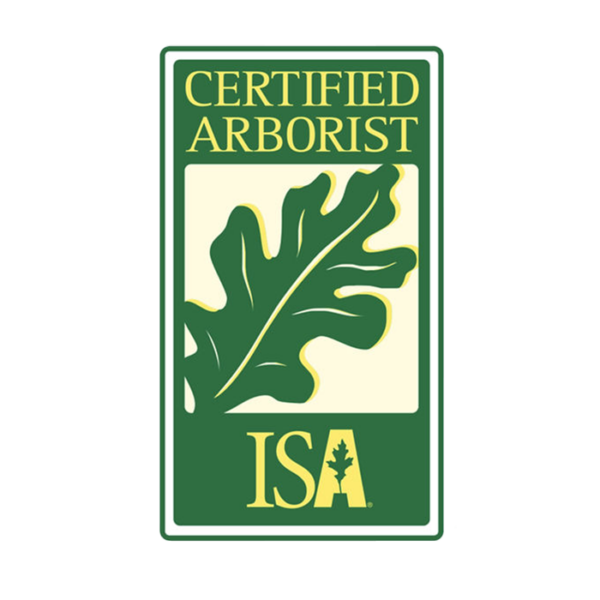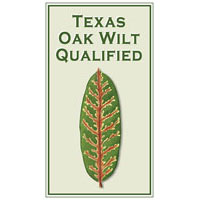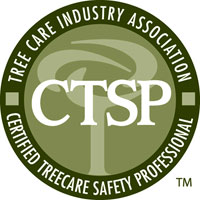Fall is the ideal time to prepare trees on your property for the winter so that they’ll have a good start next spring. In general, the things you should be concerned about are preventive maintenance and feeding issues that will prepare them for the cold to withstand the harsh temperatures of winter. Here are some of the most important recommendations for tree care around your property.
Tree trimming
After the leaves have fallen off your trees, it’s a good time to check for any trimming issues you might have. With the leaves absent, you’ll be able to see the branch structure of your trees much better so that selective cuts can be made. As an ISA certified arborist, we can help identify branches and limbs that are non-beneficial and remove them, including any which are dead or broken.
Tree fertilization
Trees benefit from fertilization, now is a good time to do so because the tree roots will store all that energy for the spring when flowering and leafing occur. By fertilizing now, you’ll maintain the level of nutrients in the soil and promote root production, which will be advantageous for the spring.
Mulching
This is also an excellent time to replenish the mulch under the canopy of your trees so they have an extra layer of insulation against cold temperatures. Mulch will also help retain moisture in the soil during the dry months of winter. You’ll have ideal protection if you add two to three inches of mulch over the root zone of your tree.
Watering
The extreme drought conditions persisting across the South Plains, in tandem with the cooler and drier air of fall and winter, can be harmful to your trees. However, overwatering can also be problematic. Grass and trees in your landscape naturally need less water going into the cooler months. Many homeowners forget to cut back on the water usage with their automatic sprinkler systems. The following chart are recommendations for watering turfgrass in our area.
| Month | Fescue/Bluegrass | Bermudagrass | Buffalograss |
|---|---|---|---|
| January | 0.6 | 0* | 0 |
| February | 0.7 | 0 | 0 |
| March | 1 | 0 | 0 |
| April | 1.4 | 1 | 0.7 |
| May | 1.7 | 1.3 | 0.9 |
| June | 2 | 1.5 | 1 |
| July | 2 | 1.5 | 1 |
| August | 1.7 | 1.3 | 0.9 |
| September | 1.5 | 1.1 | 0.7 |
| October | 1.1 | 0.1 | 0 |
| November | 0.75 | 0 | 0 |
| December | 0.6 | 0 | 0 |
It’s a good idea to maintain supplemental watering to avoid root damage, and so your trees will have a good start the following spring. You should only water when you know the temperature will be above freezing and you should make sure to do your watering during early morning hours. This will avoid the possibility of evaporation due to daytime winds and higher air temperatures, letting the water soak in throughout the day. Your trees won’t need as much water as they did in the summertime when the heat would evaporate much of that water, but they’ll still need to have water to maintain a healthy root system.
Cabling/Bracing
Do you have a tree in danger of splitting? In certain instances, it is recommended that a tree be cabled or braced. A tree is typically cabled or braced to reduce the risk of failure, especially if it could strike people or property. After the early ice storm we experienced in October, we saw success where several large trees with cabling/bracing survived without significant damage. Using the best techniques and technology, Hildebrandt Tree Tech can help secure your trees to encourage a long and healthy life.
Call Hildebrandt Tree Tech For Help
If any of these tasks feel overwhelming, give us a call at (806) 441-7722. We’re the tree experts in West Texas and can help you with tree trimming, fertilization and more. Contact us today.






